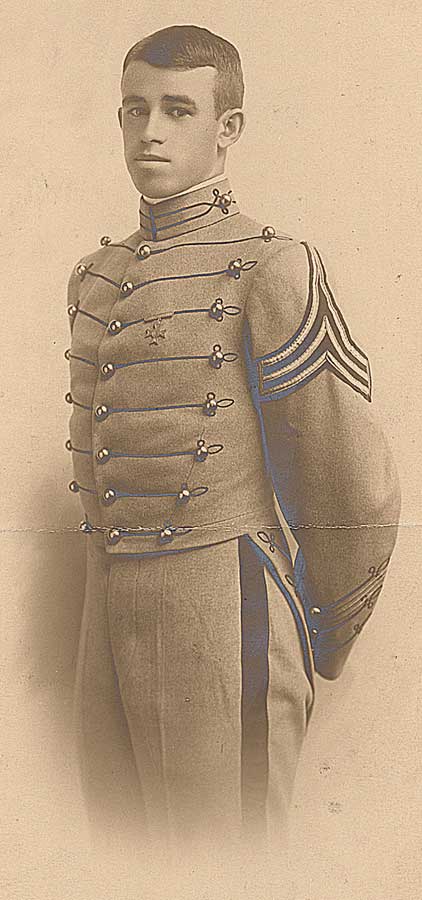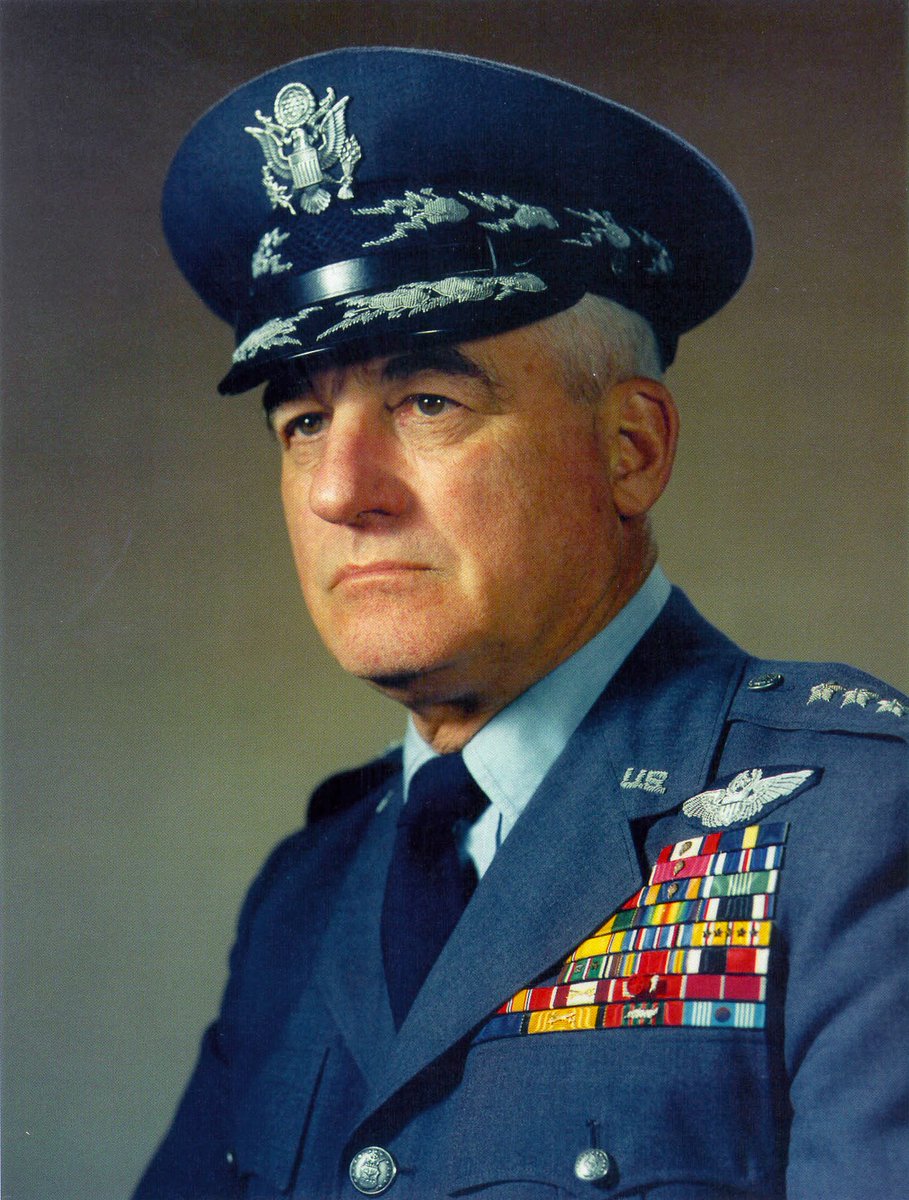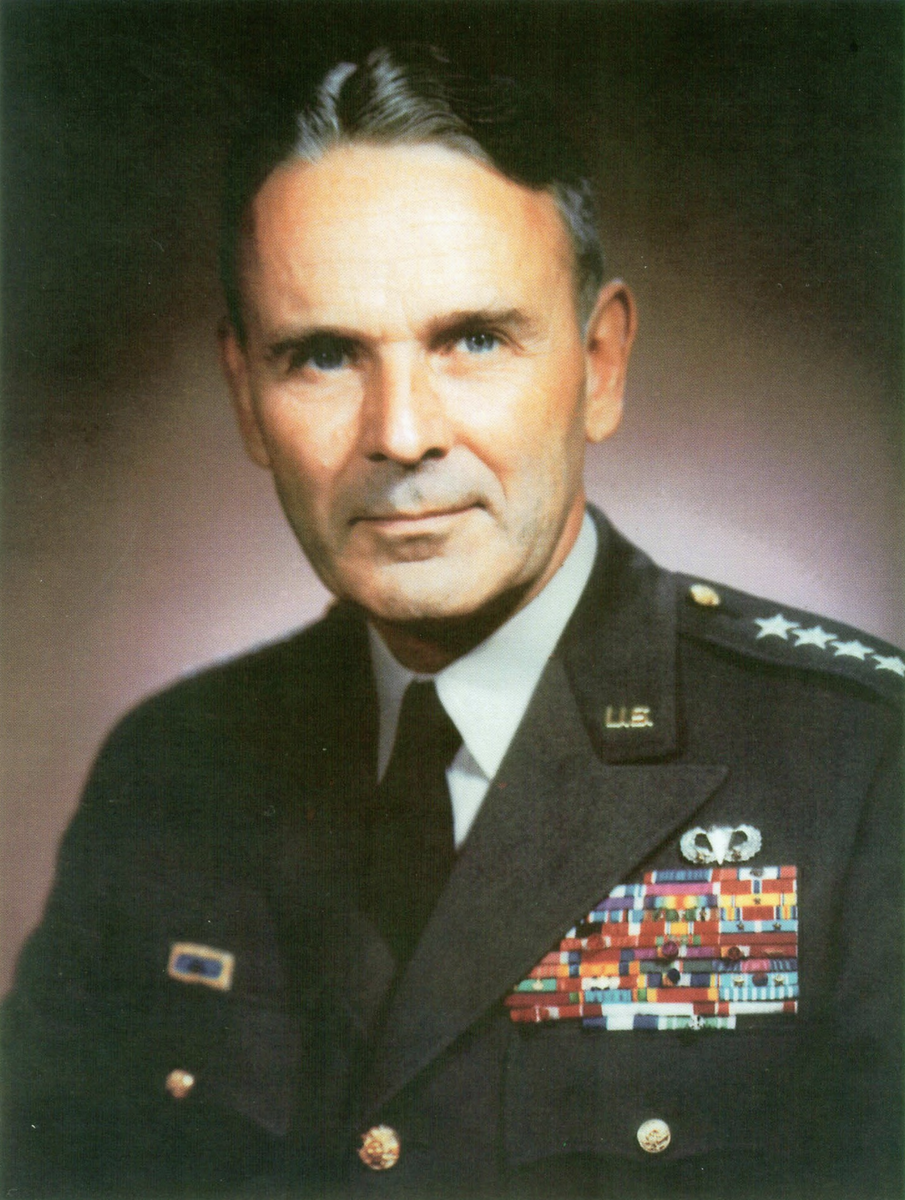1 of 65
We’d like to start chapter 13 by thanking our audience. This #AtomicAgeArmy Twitter novel has received more engagement than we hoped, and we very much appreciate that you all have joined us and are still here!
Before you proceed any further, this chapter is the ultimate in Army nerd history. If you’re not interested in diving deep into Army structure, we understand if you want to sit this one out.
Anyone left? 👀
Ok! Let’s nerd out!
If you’re just tuning in and haven’t been following our Twitter novel, please go back and read chapters 1 - 12. This stuff isn’t for everyone and we won’t be offended if you checkout, but to get the most out of this it helps to build a foundation.
Now, to set the scene for chapter 13 of the Atomic Age, let’s go back to 1942 as the United States was about to enter a second world war.
As Hitler’s forces rampaged through Europe, and after a Japanese attack on the homeland, the United States found itself without a trained standing Army to defend its interests.
So, the War Department began raising regiments, divisions, and corps. Many of these were units who had fought in World War I and were deactivated shortly after the 1918 Armistice.
One such newly reactivated unit was the 82nd Division (not yet Airborne). Originally formed in 1917 at Camp Gordon, Georgia, now (1942) at Camp Claiborne Louisiana.
kalb.com/content/news/C…
But by 1942, Alvin York, the All Americans, and the St-Mihiel Offensive were mere memories, part of another era. These were names and places that were not going to help the US fight the Germans.
To the Soldiers filling the ranks of the new 82nd Division, the old 82nd was a set of distant, irrelevant relics. So, in order to provide a connection to their past, Bradley brought the actual history of the 82nd Division to his men.
He brought in a 54-year-old Alvin York to Louisiana to give a “rally the boys” speech and talk up the culture of the old 82nd.
tennessean.com/story/opinion/…
He filled Camp Claiborne with images of the original members of the 82nd and brought back the old Division’s World War I songbook.
warhistoryonline.com/instant-articl…
Bradley told his All Americans: “It is critically important that you know that within a legendary unit like this one, valor endures from one generation to the next.”
hmdb.org/m.asp?m=124040
There is great wisdom in those words. Bradley saw that this cultural tie to the past had operational value. It was a force multiplier that gave his men an identity.
That idea that valor endures was the driving principle behind the concept of the Combined Arms Regimental System (CARS). Let’s take a minute to explain CARS here because it really is a widely misunderstood concept.
The idea behind CARS was developed early in the Pentomic restructuring. The intention was to solve a problem created by the Pentomic restructuring.
Gavin pushed for it and the Army approved the concept in January 1957.
But the Pentomic structure stripped away a critical element of US Army heritage: the regiment.
The first @USArmy regiments were established in 1791. Regiments were the home of the Soldier and unit lineage for the next 165 years, until Taylor forced the Pentomic restructuring.
The @USArmyOldGuard was the first regiment formed in the Army. And, I know, you’re going: “Then, why is it the THIRD Infantry Regiment [vice the first]?” We’re glad you asked.
In the summer of 1791, the regiment now known as the 3rd Infantry Regiment was just “the regiment”. As, in, THE Regiment. The only one.
To expand the US and defend against a British invasion, we were going to need more. So we made more regiments and numbered them.
After the war of 1812, these regiments were numbered based on seniority of the commander (NOT on the age of the regiment). Today @PatrickRoddy4 commands the original regiment, but back then, the commander was 3rd in line in terms of seniority.
Aaaaanyway…there’s a myth that the 3rd Infantry Regiment is # 3 vs # 1 because it was the 3rd furthest away from the War Department HQ. This is not true. If any sharpshooters want to test us on this, we’ve got original source docs.
Another example of this cumbersome original numbering system: the oldest artillery regiment in American history is the 5th Field Artillery (FA) regiment and not the 1st. The 5th FA Regiment carries Alexander Hamilton’s family crest, as its 1st battalion was his.
Now Hamilton – there’s a guy who knew how to start a revolution: you raise an artillery battery and pay for it yourself!
Still with us? It gets better, we promise!
The CARS system ties directly back to a similar process developed after the Civil War.
In 1877, the Army created a board under Major General Winfield Hancock to determine, among other things, how the Army should adjudicate Civil War honors for units created through various Army reorganizations and consolidations during the fighting.
The findings of the Hancock Board, published by the War Department in 1878, made regiments the principal repositories of unit lineages, honors, and histories.
The board’s findings also assigned lineage to all regiments. The CARS process can be tied directly back to the findings of the Hancock Board.
Under CARS each new element could trace its lineage from one of the original companies of a pre-1957 tactical regiment.
For example, in 1957 Company A, 14th Infantry was redesignated as Headquarters and Headquarters Company (HHC) 1st Battle Group, 14th Infantry thus tied the new battle group to the lineage and honors of Company A.
history.army.mil/html/forcestru…
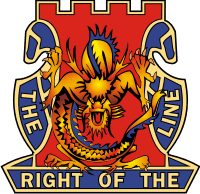
The line companies of the 1st Battle Group were then constituted and activated as new units having no direct tie with the companies of the pre-1957 14th Infantry.
25thida.org/units/infantry…
Companies B and C, 14th Infantry were used to activate the 2nd and 3rd Battle Groups 14th Infantry. A separate company was required in the Army Reserves so the original Company D, 14th Infantry was activated without any changes in designation. (Have we lost you?)
So, 1957 and the Pentomic concept. Suddenly, regiments were out. [Chapter 9: The Expendables offers a fuller examination of the restructuring]
With the loss of the regiments, our Army lost its cultural tie to its past. We lost our heritage. And, as Omar Bradley told his troops, that’s really important.
There’s a reason we focus this account so much on our history: it’s important for our force and it forms our warfighting identity.
Valor endures from one generation to the next and that valor must be understood and celebrated.
By giving units back a regimental identification, CARS ensured that valor would endure.
Now, CARS did not bring back the regimental HQ as a fighting command structure. That concept was done for most of the Army.
Of course, a few special regimental HQs remain as fighting forces: @2dCavalryRegt in Germany, @3rdUSCAV on @forthood, @11ArmoredCavReg is OPFOR at @NTC_Update, the 75th Ranger Regiment, etc….but these are exceptions.
Although the Army had very few fighting regimental HQs, under CARS each unit had a separate regimental identification with lineage and honors. That lineage remains in place today.
Not all of them were brought back. Only certain regiments were brought back under unique selection criteria.
All those regiments, when they read this:
There was a two-factor selection for regiments under CARS: One point for each year since original organization and two points for each campaign and American decoration.
Those regiments with the most points were selected for inclusion in the system, the losers get forgotten until new units are needed.
With this system, the Army knew it was getting the most storied regiments.
So then, in 1961, the Army transitions once again under ROAD (Reorganizations of Army Divisions). And that’s where things start to get weird.
So we’ll let you absorb all this information and we’ll dive into ROAD tomorrow at 9AM in Chapter 14: American Bloodline.
But the most important concept we can leave you with is that, for our @USArmy, valor endures.
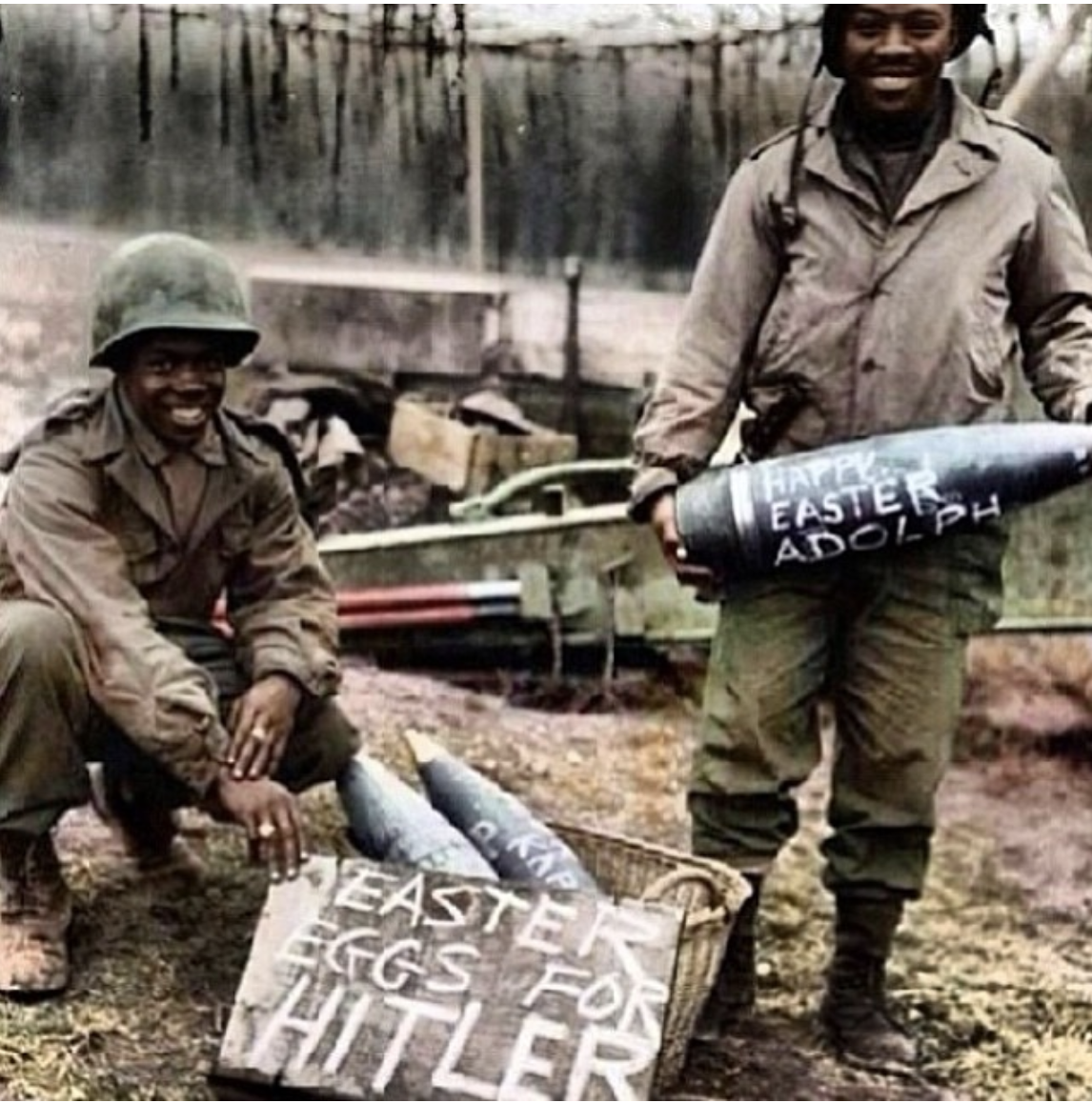
For more information on the material presented in this chapter, please check out these links:
16thinfassn.org/history/evolut…
history.army.mil/html/forcestru…
history.army.mil/html/forcestru…
sfasu.edu/heritagecenter…
[fewer tweets + more reading = good for all of us]

